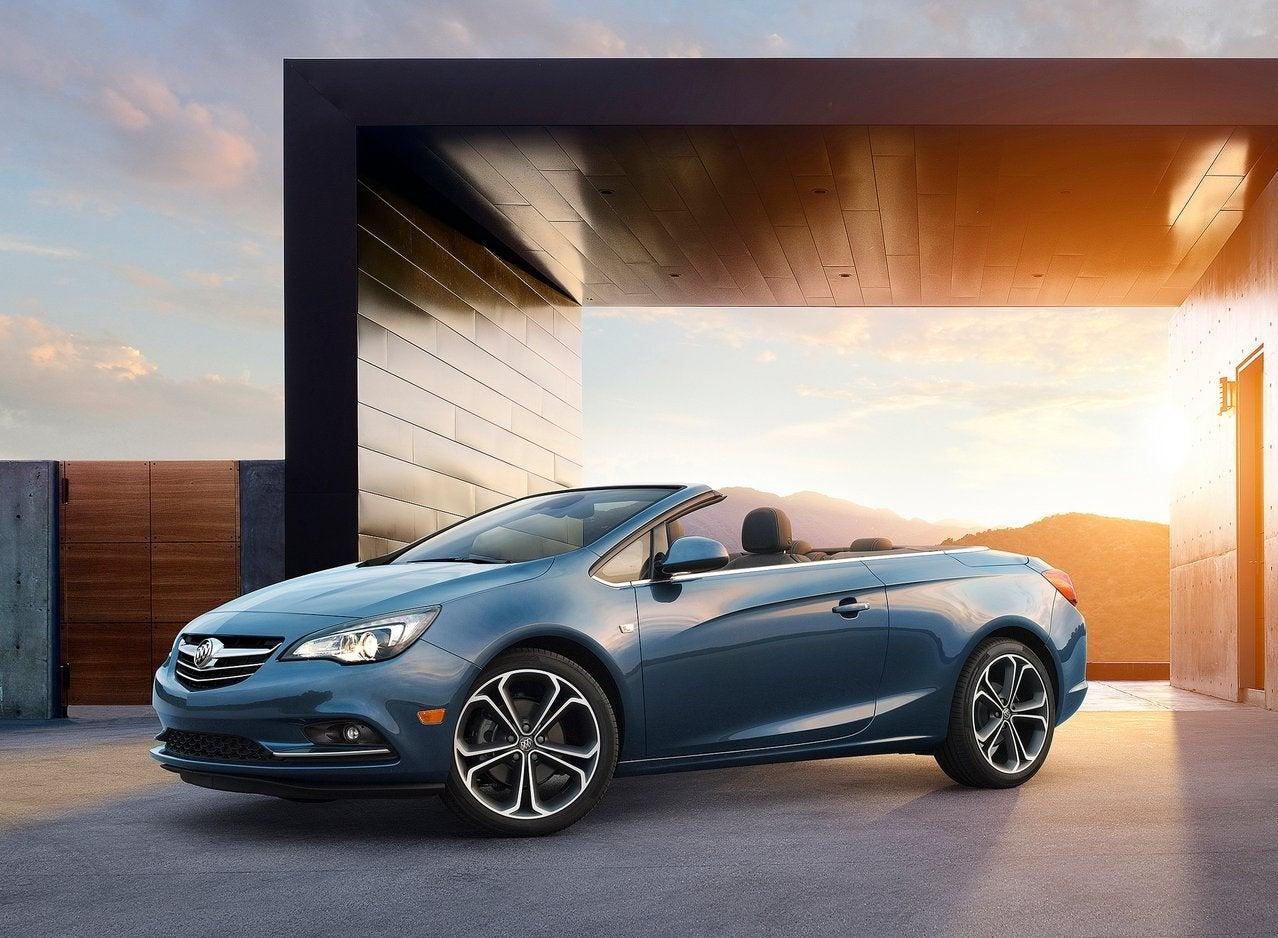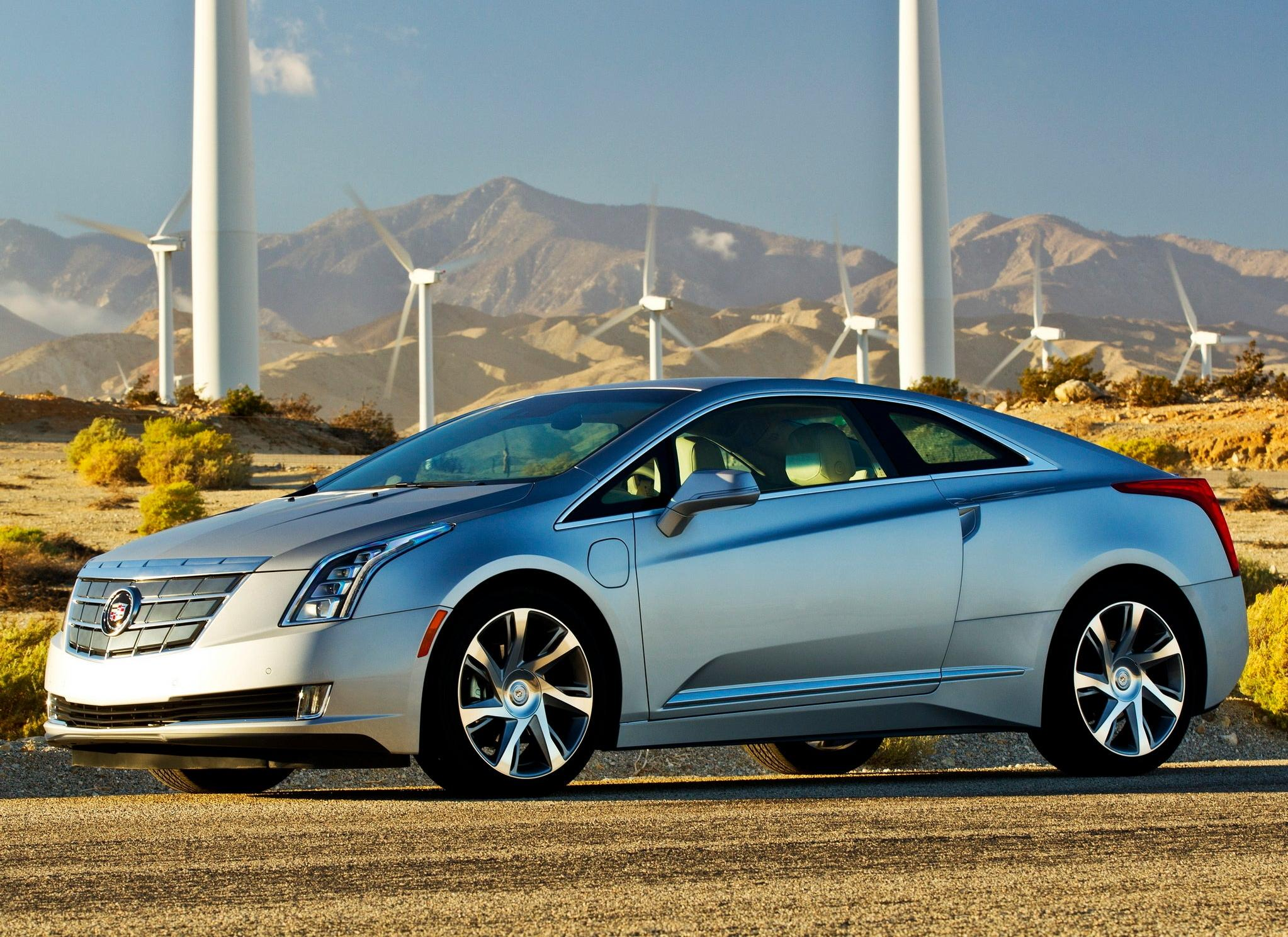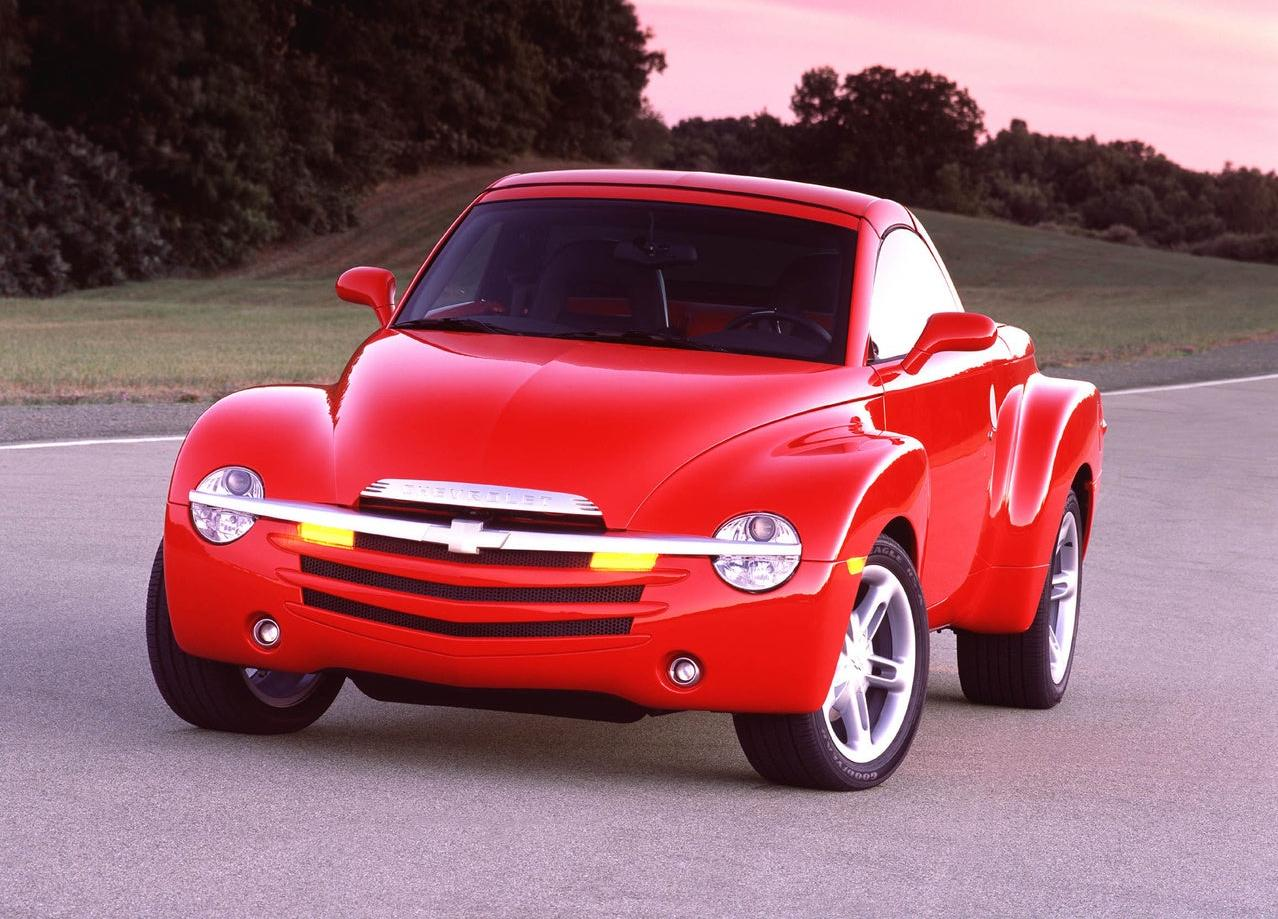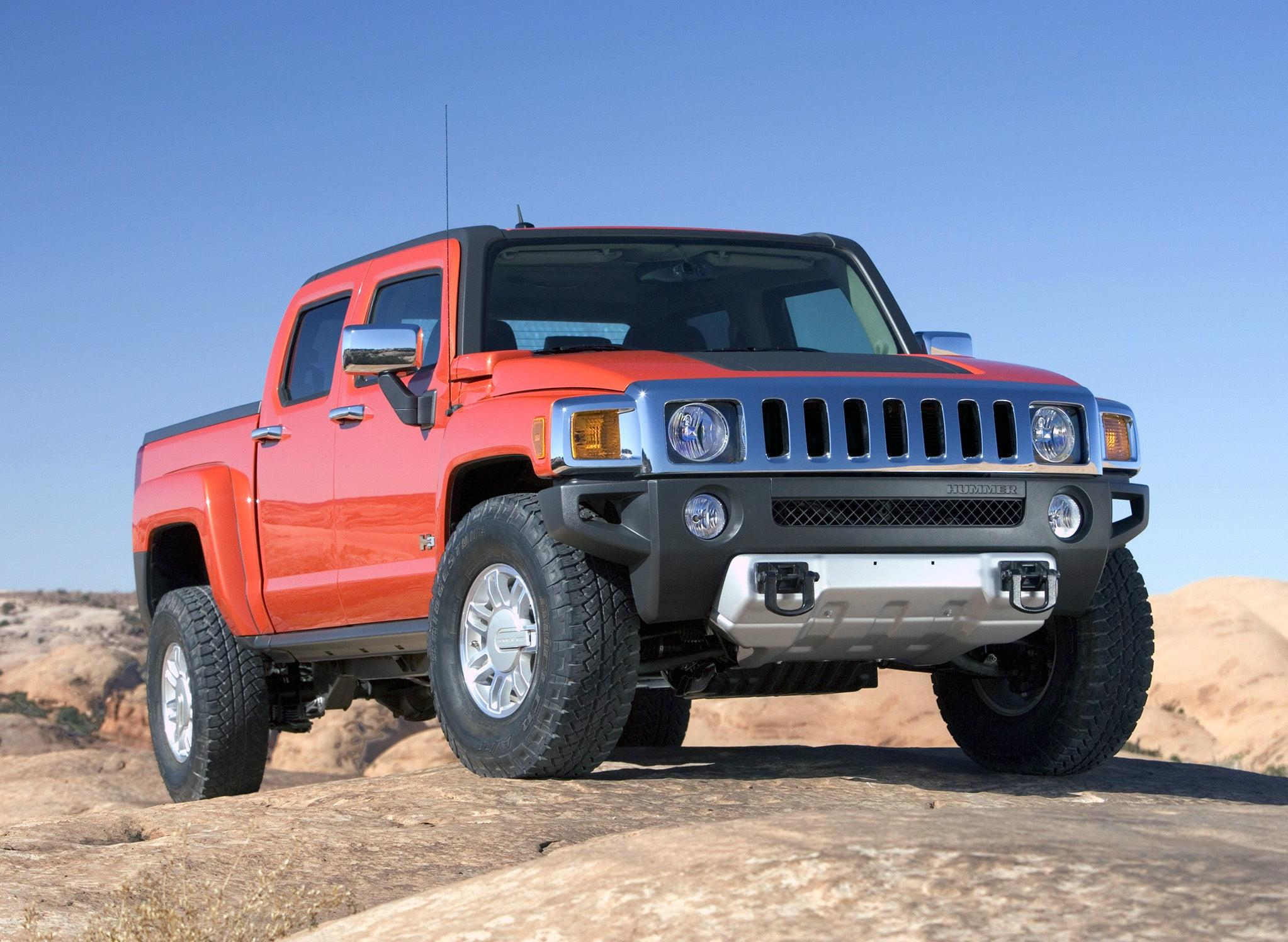These Are Some Of The Worst-Selling Production Cars Of All Time
When you factor in the engineering and time that went into some of these models, they were more than flops.
Unfortunately, not every car that hits the market is a hit. From poor market timing to price to just a lack of general interest, there are many reasons a model can fail. While those reasons can be lost to history, what lingers are the sales numbers. Poor sales speak volumes and can have dire consequences for a model, brand or that brand's parent company.
Gathered here are some of the lowest selling vehicles ever. Don't get confused if you see the same brand on here more than once. A few automakers never seem to read the room and learn from their mistakes.
Keep in mind the models listed here received their spots based on either their total production/sales, annual or monthly sales numbers. These are also specifically U.S sales numbers.
Acura NSX (2nd Gen)
1,510 sold + final 300 Type S
One could argue that the NSX was never intended for mass production. This is true to a certain point. The first generation NSX sold a few hundred a year from 1993-'05. That first gen also sold a hair under (8,999) 9,000 before it ceased production.
The second coming of the NSX didn't fare too well and Acura took forever to bring it to market in 2016, nearly a decade after a concept version was shown. When it was finally public, it underwhelmed with its complex hybrid, all-wheel drive powertrain, heavy curb weight and big price. By the time production ended with the special edition Type S in 2022, less than 2,000 had ever been made over six years of production.
Alfa Romeo 4C
2,106 sold (estimated)
Alfa Romeo kicked off its U.S. comeback with 4C, an attainable – for its $55,000 starting price – Italian exotic. Using materials taken from its limited production 8C big brother, the 4C arrived on our shores for the 2015 model year.
Unfortunately, owners and auto journalist alike found the car to be too much for daily use, citing issues like an uncomfortable ride and interior. While exact production numbers are a bit hard to come by, it's estimated just over 2,000 were ever sold in the U.S.
Buick Cascada
19,431 sold
You're probably wondering how a car that solder nearly 20,000 got on this list. It's because that 19,000+ number took nearly four years to achieve. A badge job of the Euro Opel and Vauxhall models brought to the U.S., the Cascada was more a rental special; something you paid a little extra for at the counter so you could have some "fun".
The Cascada sold poorly to actual consumers. The only time it sold over a 1,000 in a month was in April 2016, it's debut year; 1,090 were sold.
Cadillac ELR
2,958 sold
By now, you should all know the story of the failure of the ELR. If you don't, here's a quick rundown: Introduced in 2012 for the 2013 model year, it used the same platform and powertrain components as the Chevy Volt. Cadillac just wrapped that in a more luxurious, better looking body. Pricing was set at $75,000 which turned off many. Why pay over $30,000 more for the same car you can get at a Chevy dealer that's more practical and cheaper? Buyers didn't show up, so much so that there was no ELR for the 2015 model year.
The ELR returned in 2016 with a MSRP that was $10,000 cheaper to entice buyers. By then it was too late, and the damage was done. Production ended in early February 2016 with less than 3,000 ever made.
Cadillac Catera
95,000 sold
"The Caddy that zigs." That's how some probably remember the Catera, from its catchy marketing. Marketed as a sports sedan, the Catera was a badge job of the Opel Omega, brought over to take on competitors from other luxury brands like Acura, BMW and Infiniti.
While nearly 100,000 were sold over its five-year run, that number looks less impressive when you look at annual sales. Sales peaked in 1997, its first full year on the market. They fell off after that. For instance, sales tanked over 7,500 from 2000-2001 going from 17,290 t0 9,764.
Chrysler TC By Maserati
7,300 Sold
A $600 million flop, the TC was Chrysler's attempt to take on cars like the Mercedes SL. The result of a partnership between Chrysler and Alejandro de Tamaso – who owned Maserati at the time – the TC cost Chrysler $80,000 a piece to manufacture. And with less than 8,000 sold, no Chrysler executive at the time would take responsibility for it's failure. Lee Iacocca for instance, blamed a lack of marketing for the TC's failure while Bob Lutz blamed the expensive partnership with de Tamaso.
Chevrolet SSR
24,112 sold
You'd assume that a life size Hot Wheel like the SSR would sell in low volumes. You'd be right. The SSR was just too toy-like. A novelty of a bed that couldn't actually be used like a truck bed combined with its quirky (and complex) folding convertible top and high price turned many would be buyers off. So few buyers lined up to buy the SSR that at one point dealers were sitting on a 300+ day supply of them causing GM to halt production for five weeks.
By the time production ended in 2006, less than 25,000 had been sold.
Fiat 500L
5,692 sold
Fiat's weird Italian MPV thing was introduced for the 2013 model year as the brand tried the Mini playbook: introduce variants of a single model as different models.
Buyers didn't seem to be interested though. Despite being on sale for seven years, less than 6,000 were ever sold.
Fiat 124 Spider
15,778 sold
The market for cheap-ish, two-seat Italian roadsters can only be so big right? You'd think that would be a good excuse for the 124 Spider selling less than 16,000 over four years of production. It's not though. Aside from 2017 and 2018, 124 Spider sales were never more than 3,000 annually; just over 1,700 were sold in 2020, its final year.
Hummer H3T
5,680 sold
Another bad recession era bet, GM thought expanding the Hummer lineup to include the Chevy Colorado/GMC Canyon based H3 would bring buyers. It was odd in that, aside from being a Hummer pickup, it was powered by a five-cylinder engine. Unfortunately, the H3T wasn't meant for this world. A perfect storm of low sales, the Great Recession, GM's bankruptcy and the discontinuation of the Hummer brand meant less than 6,000 were ever made.
Hyundai Equus
18,154 sold
The Equus was Hyundai's ultimate expression of luxury at the time. A precursor to the Genesis brand, the Equus shocked with its luxury, competing with models like the BMW 7 Series and Lexus LS for thousands less. Even though it was cheaper than the Japanese and German flagships, U.S buyers weren't ready for a $60,000+ Korean luxury sedan.
Jaguar XE
20,487 sold
Jaguar finally decided to play in the sport sedan category dominated by entries like the BMW 3 series, Mercedes C-Class and Lexus IS when the XE debuted for the 2016 model year. Unfortunately, the Jag took too long and by the time the XE hit the market, everyone else – including newcomers like the Genesis G70 – were outperforming it. Jaguar slashed prices before pulling the plug for the '21 model year, refreshing the bigger XF to take its place.
Kia Borrego
9,510 sold (estimated)
The Kia Borrego was probably one of the most ill-timed vehicle introductions ever. Originally shown as a concept called the Kia Mesa in 2005, the Borrego came to the U.S. for the 2009 model year. Buyers could choose between V6 and V8 engines. However, a big body on frame SUV with an optional gas guzzling V8 wasn't what many people wanted in the middle of a massive recession with high gas prices. Kia dropped the Borrego just over a year later in 2010 with just under 10,000 ever sold in the U.S.
Lincoln MKT
50,718 sold
Lincoln placed the MKT crossover between the smaller MKX and bigger Navigator when it went on sale for the 2010 model year. Riding on the same platform as the Ford Flex, it was meant as a Mercedes R-Class and Audi Q7 competitor. It's weird styling and high price may have turned off buyers though. While just under 51,000 were sold over the course of its production, it took nine years to get that number; its best year was 2010 when 7,435 were sold.
Pontiac GTO
40,757 sold
The 21st Century GTO came to us via the land down under, Australia. Holden let Pontiac borrow it's Monaro coupe to rebadge. While nearly 41,000 were sold over its three-year production run, the car was considered a flop by GM. Some blamed it's sedate styling while others – like GM Global Design Vice President Mike Simcoe – thought that it might have sold better as a Chevy.















